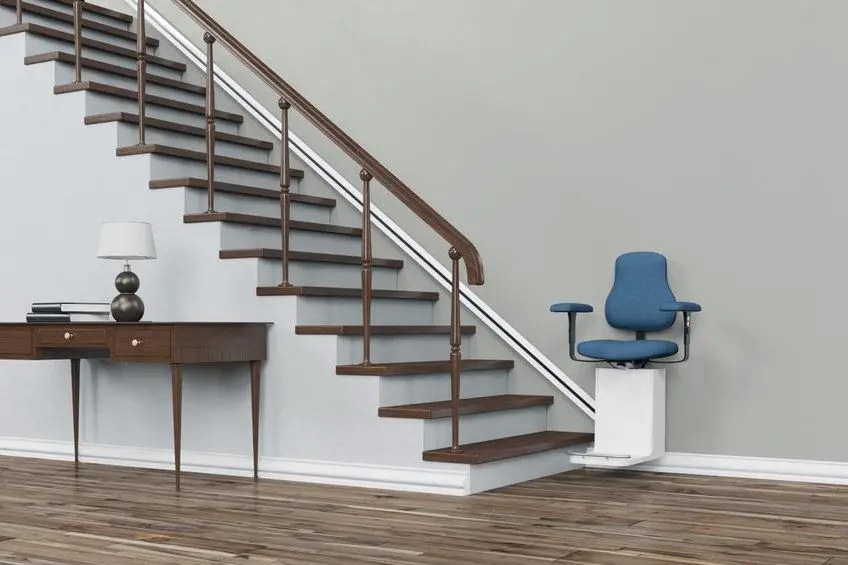Nothing can beat the appearance of a well-maintained home than a perfect floor. If properly maintained, it can even increase the value of your home. There are many ways to clean wood floors naturally, chief among them are:
- white vinegar and vegetable oil
- black tea
- olive oil, lemon juice, and water
- white vinegar, soap, water, and baking soda
We’ll dive deeper into the strengths of each cleaning method but first, let’s consider the benefits of natural cleaning methods over commercially available options.
Are Natural Cleaning Methods Better?
Health
It’s well-known toxic chemicals used in the home can cause allergic reactions and skin issues. By using natural cleaning solutions we can avoid adding these toxic chemicals to our homes.
Biodegradable
Harsh man-made cleaning materials can actually end up damaging your floor in the long run — especially the delicate wood finish — and once rinsed away, can damage the local environment too. Natural cleaning solutions won’t damage your floor, will have a much smaller effect on the surrounding environment, and is a much gentler cleaning method.
Finances
Man-made cleaning chemicals can be comparatively pricey while natural cleaning methods tend to rely on items you already have in your home or that can be purchased cheaply.
Now let’s look at each natural cleaning method for which one performs best.
Natural Wood Floor Cleaner Recipe
White vinegar and vegetable oil
Begin by cleaning your floor with sweeping and vacuuming. Next, prepare your solution by mixing equal parts white vinegar and vegetable oil. We don’t need a thick layer of this solution, so it’s best to store it in a spray bottle. It also allows you to keep it for later use.
Spray the solution over the wood floor and wipe at it with a soft cloth using circular movements. A second cloth should be used to wipe the floor dry. Not only does this clean your floor but it also helps bolster your floor’s finish.
Black tea
It’s a little-known fact that black tea contains something called tannic acid. Tannic acid can slice through the dirt and grime on your floors and add a delicate shine to your finish. To make this solution, simply fill a bowl with 1-2 liters of boiling water. Now add between 5-10 tea bags and let it brew for 10 minutes. Soak a sponge or microfibre cloth in the solution and wring it until the sponge or cloth is a little damp. Apply.
White vinegar, liquid soap, water, and baking soda
This solution works best for stain removal and is even effective for unblocking sinks. Follow the protocol below to make it:
- 1 cup of liquid soap
- 1 cup of water
- 2 cups of baking soda
- a splash of white vinegar
You may notice a reaction — this is completely normal. This solution cuts through dirt and grime like no other!
Olive oil, lemon juice, and water
Fruits such as lemons contain citric acid, which can slice through dirt and grime with ease. Untreated, this is often too strong for wooden floors, so we like to dilute it with equal parts water and lemon juice. Add a little olive oil. This will not only clean your floor but will also add a healthy shine to your floor’s finish.
Dealing with water spots
If you have wood floors, you’ll likely be very accustomed to water spots. But did you know there are 2 types of water stain? They are:
- white water stains
- black water stains
White water stains only penetrate the finish of your floor and can be cleaned up easily. On the other hand, black water stains penetrate deeply and require more elbow grease to remove.
White water stains
Get your hands on some good-quality mineral oil and apply it to your floor, rubbing it in with circular motions using a soft rag. The mineral oil will interact with the stain, lightening its color, so there will be no need to completely refinish your floor.
If this fails to work, then use a mineral spirit. This will have more of an effect on the finish and may need to be varnished or lacquered — it really depends on the type of finish you have and its reaction to the mineral spirit.
Black water stains
You may need to replace the finish you have on your floor after administering this cleaning treatment. In order to get to the stain, we’re going to have to get through the finish and into the wood floor itself. Make sure you have some of the wood finish prepared to complete the repair.
Get some sandpaper from your local store and use it to wipe at the stain. This may be all that’s necessary, but if the stain is still visible, use steel wool to scrub at the stain. Once the stain has been removed, add the finish layer and you’re done.
Sometimes it’s not possible to get the stains out the way we want and it’s necessary to replace your wood flooring.






